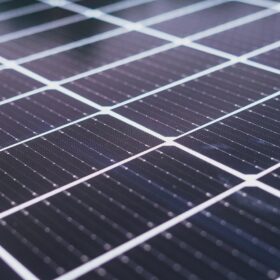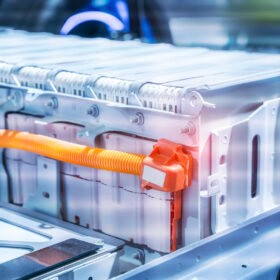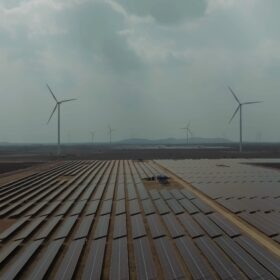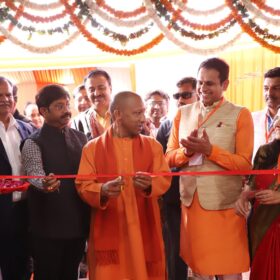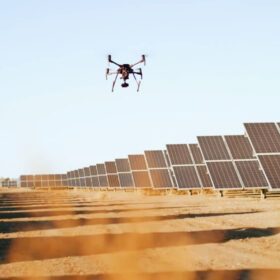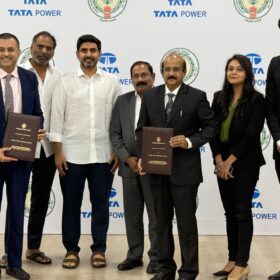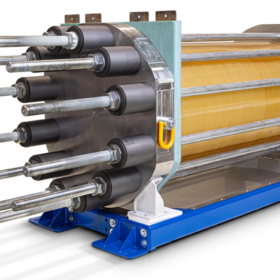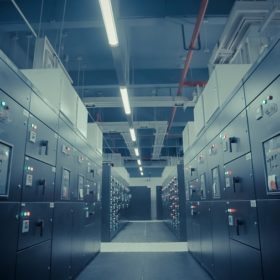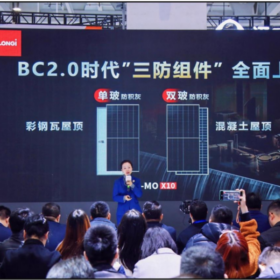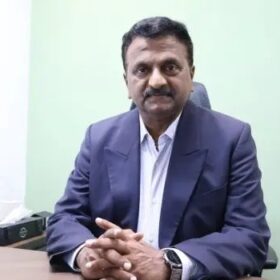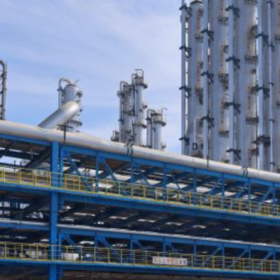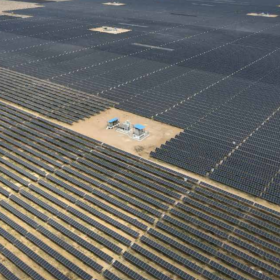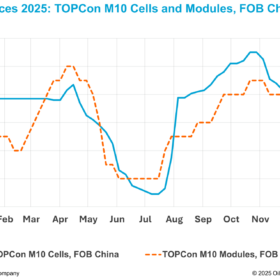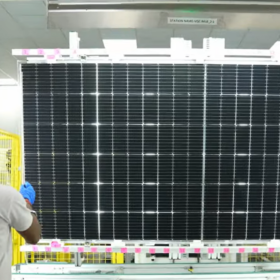Juniper Green Energy switches on 100 MW solar project for supply to Bhutan
Juniper Green Energy has commissioned a 100 MW solar project in Rajasthan that will supply electricity to Bhutan under a cross-border power agreement.
Global battery industry enters new phase, says IEA
The industry will reach the 1 TWh demand milestone in 2024, with China producing more than three-quarters of the batteries sold globally. The concentration of the production chain in the country has led to a fall in costs and a possible technological shift with the focus on LFP batteries. Cooperation between countries can be strategic to diversify the battery production chain and create sustained demand, assesses the International Energy Agency.
CleanMax, Osaka Gas form JV for industrial decarbonization in India
CleanMax has entered into a long-term joint venture with Japanese gas major Osaka Gas to help corporate clients in India transition to a low-carbon economy.
Avaada starts building 5 GW TOPCon solar cell, module factory in Uttar Pradesh
Avaada Electro, manufacturing arm of Avaada Group, has started building its integrated facility for 5 GW of TOPCon solar cells and modules in Greater Noida. It also opened a 1.5 GW module fab in Noida.
U.S. solar facilities lost $5,720 per MW to equipment underperformance in 2024
A report from Raptor Maps said solar power losses from equipment failures, extreme weather damage and more contributed to losses.
Polysilicon market unchanged, awaits policy stimulus
In a new weekly update for pv magazine, OPIS, a Dow Jones company, provides a quick look at the main price trends in the global PV industry.
Tata Power signs MoU to develop 7 GW of renewable energy projects in Andhra Pradesh
Tata Power Renewable Energy Ltd has signed a Memorandum of Understanding (MoU) with the Government of Andhra Pradesh to jointly explore opportunities for the development of up to 7 GW of renewable energy projects, including solar, wind, and hybrid projects with or without storage solutions.
The Hydrogen Stream: BGR Tech partners alkaline electrolyzer manufacturer Stargate for green hydrogen projects in India
BGR Tech will integrate Stargate’s alkaline electrolyser stacks with its in-house developed balance-of-plant to execute green hydrogen production projects in India.
The role of battery energy storage systems in sustainable data centers
While many data centres have started using solar power as part of their energy sources, they still depend on grid energy because of regulatory issues like discom regulations and banking policies. To enhance the use of green energy and lessen reliance on fossil-fuel-based grid electricity, combining battery energy storage systems (BESS) with hybrid solar and wind power systems is a practical solution.
Longi unveils anti-dust back contact solar module with 24.8% efficiency
Longi has released a back-contact solar module with 24.8% efficiency, featuring a power output of up to 670 W and a temperature coefficient of -0.26% per degree Celsius.
